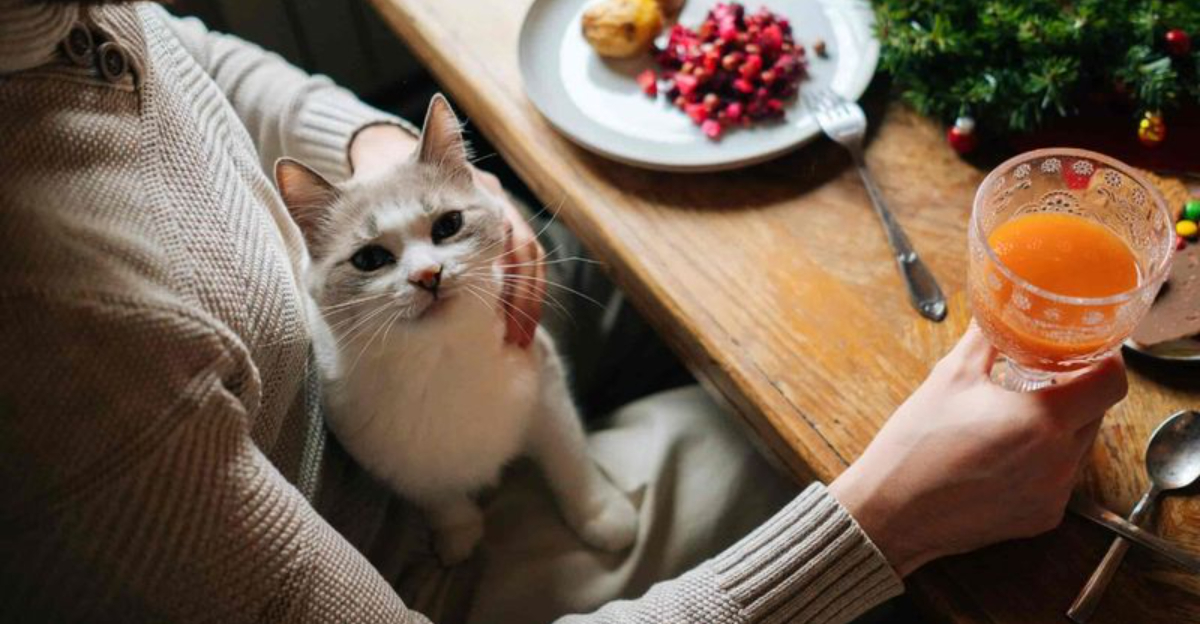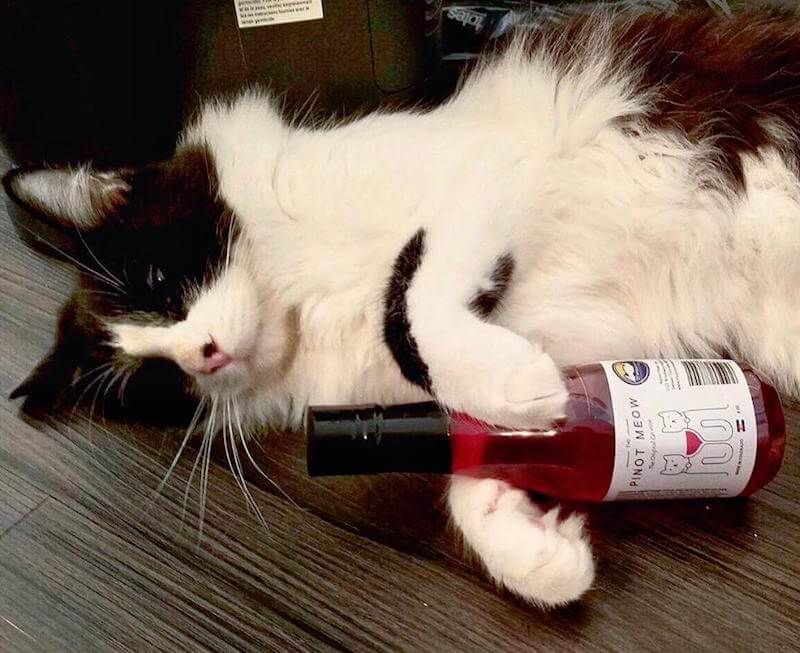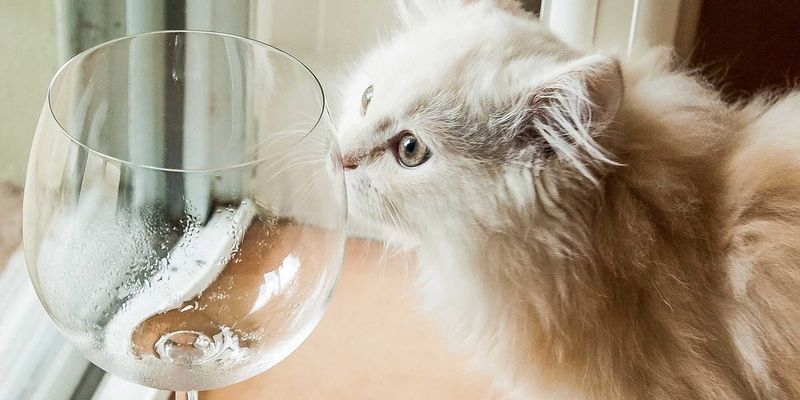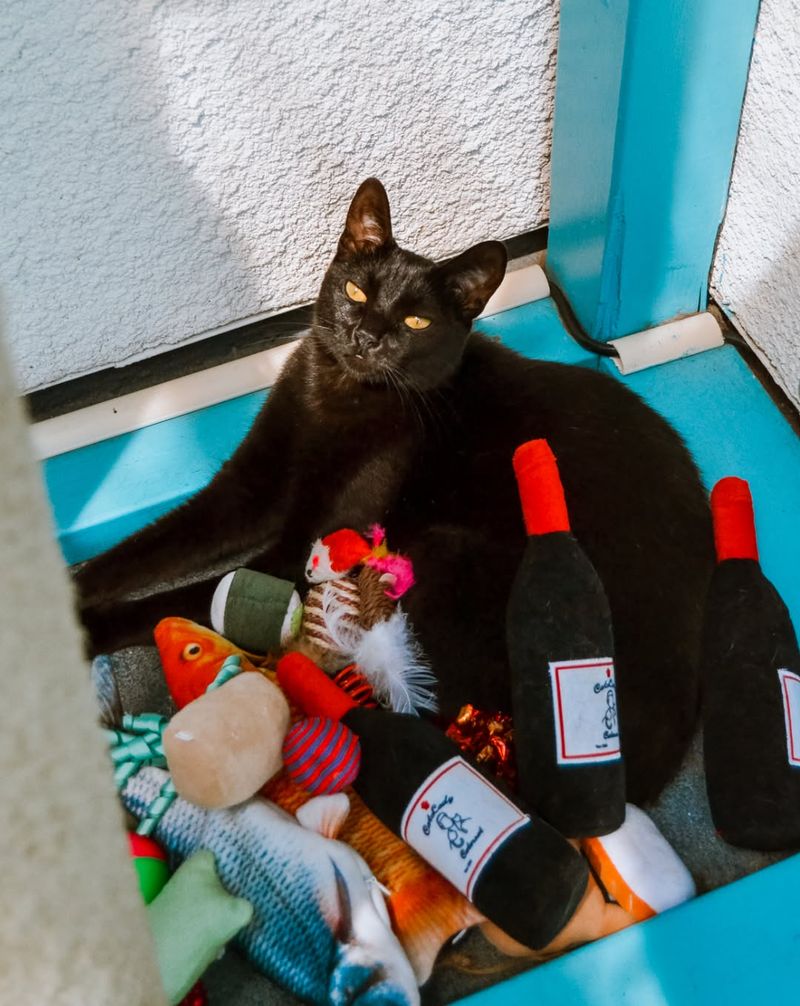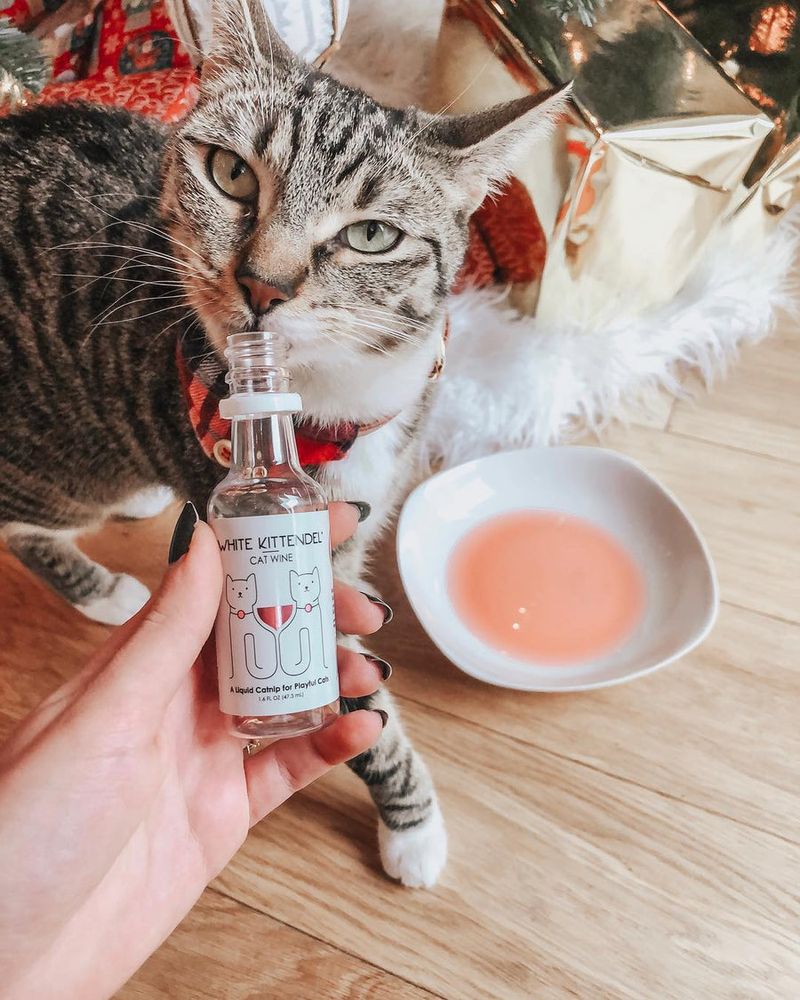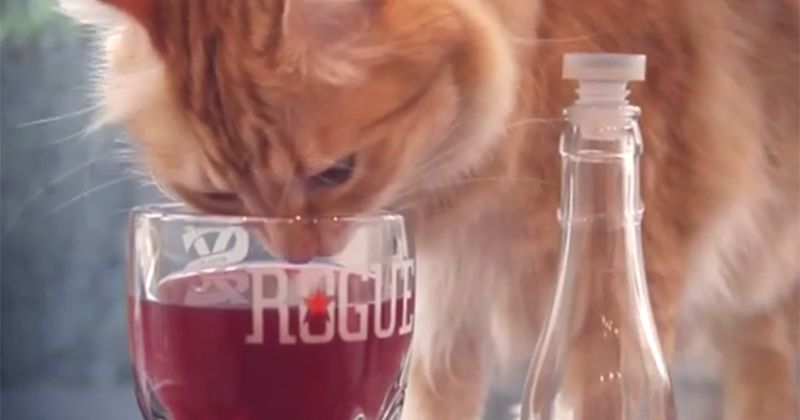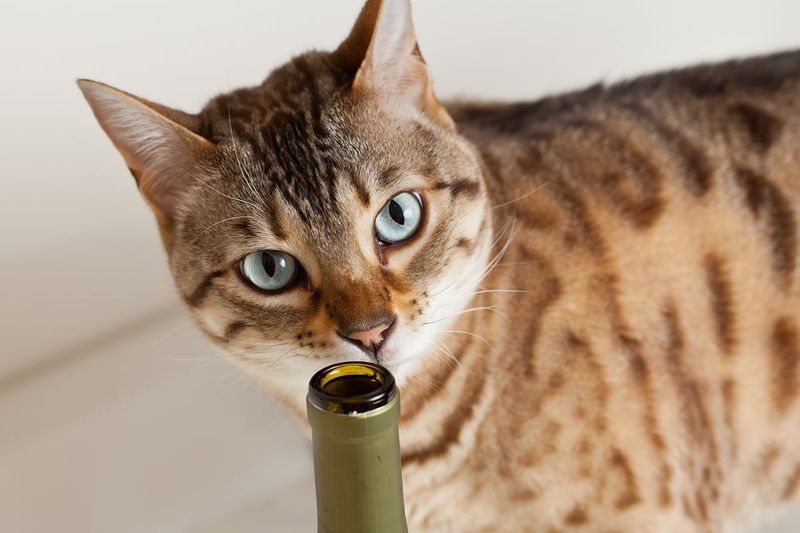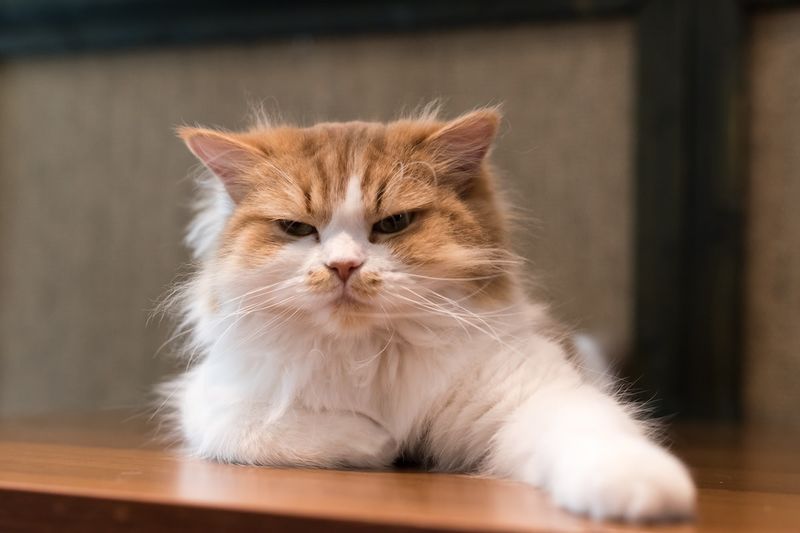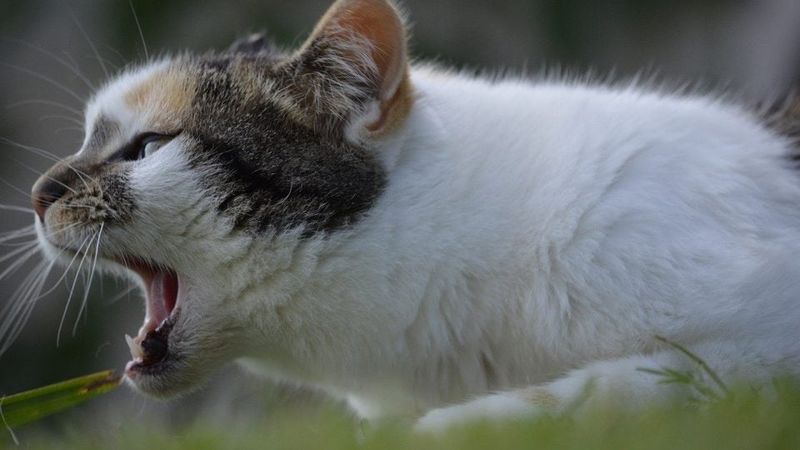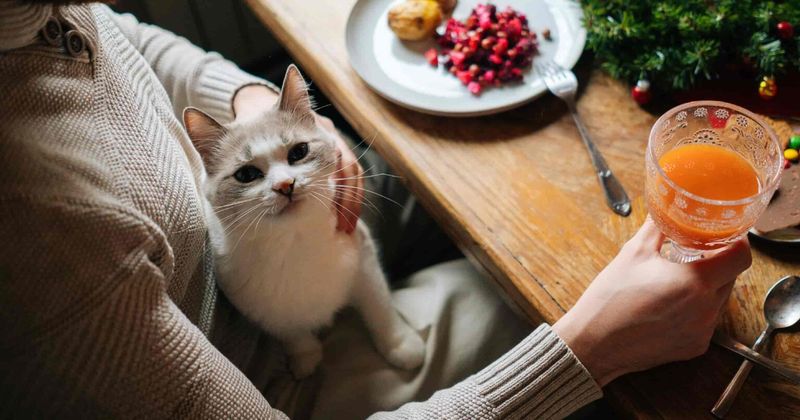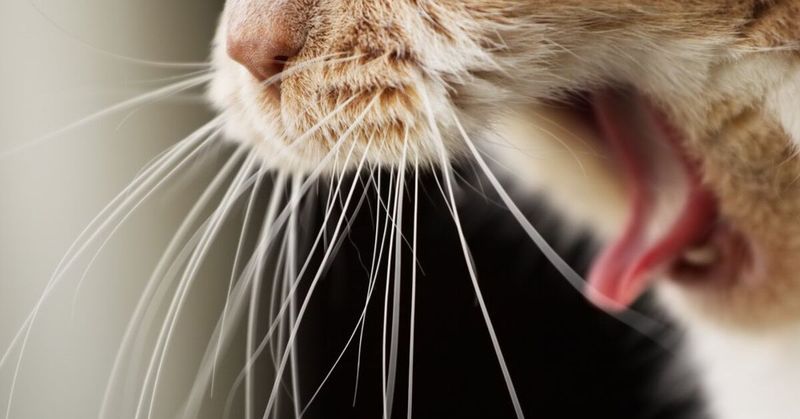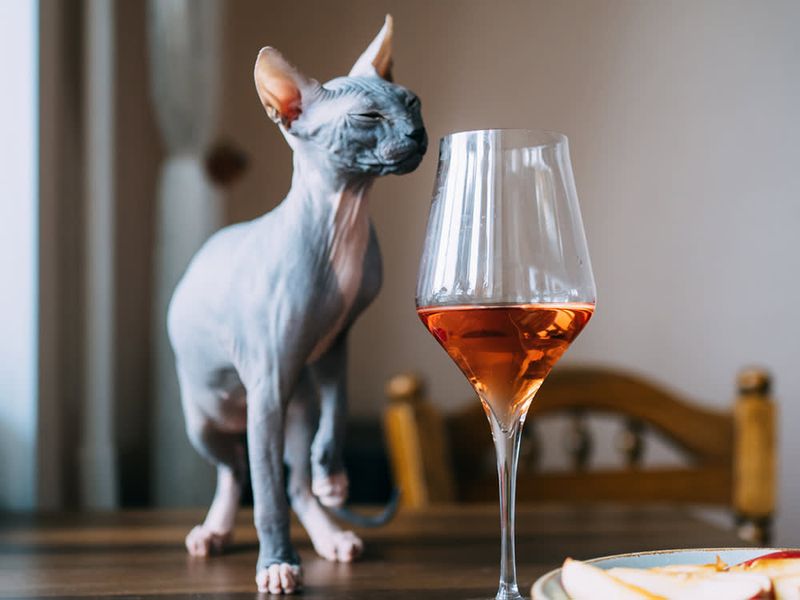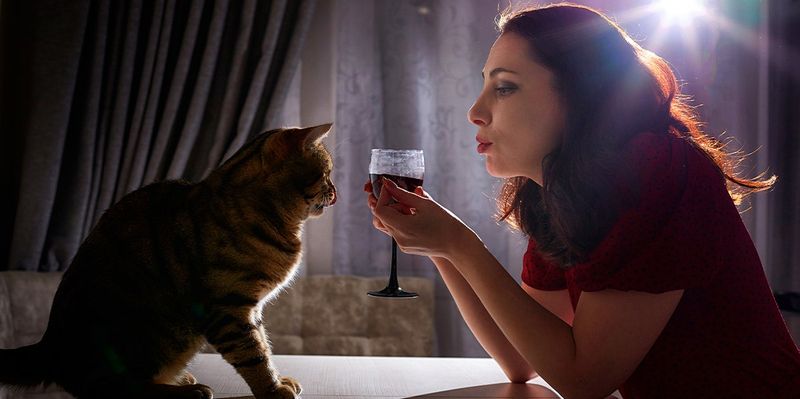📖 Table of Content:
- 1. Safe Ingredients
- 2. Encourages Hydration
- 3. Enrichment & Entertainment
- 4. Bonding Experience
- 5. Stress Relief (from catnip)
- 6. Photogenic Moments
- 1. Not All Cats Respond
- 2. Potential for Stomach Upset
- 3. Sugar Content
- 4. Misleading for Humans
- 5. Expensive for What It Is
- 6. Overuse Can Lead to Dependency on Flavor Additives
Cat wine has gained attention among pet lovers as a quirky, novel way to include cats in celebratory moments. With labels mimicking human wine bottles and flavors designed to appeal to feline tastes, it’s easy to see the charm. However, like many trends in pet care, this one raises questions: Is it truly safe? Is it beneficial? Or is it just another clever marketing idea?
Manufacturers typically emphasize that cat wine is non-alcoholic and grape-free, setting it apart from the human version that could harm pets. Ingredients like catnip and beet juice aim to make it appealing and safe, but that doesn’t mean every cat—or every owner—should jump on board without a second thought. Understanding both the potential benefits and drawbacks of this trend can help pet owners make more informed choices.
This article explores six notable pros and six important cons of cat wine to give a balanced perspective. Each point addresses a different aspect of how this product might affect your feline friend’s health, behavior, or daily routine. Whether you’re considering it as a gift, a treat, or simply curious, here’s what you need to know.
1. Safe Ingredients
Most commercially available cat wines are carefully formulated without any alcohol or harmful substances, such as grapes. Instead, they tend to contain ingredients like water, dried catnip, beet juice (for color), and sometimes salmon oil or natural flavors. These components are generally recognized as safe for feline consumption, especially in small amounts. Cat wine doesn’t get cats intoxicated; instead, it may stimulate or relax them depending on their response to catnip. By eliminating risky additives, manufacturers offer a safer alternative to human beverages. As with any pet product, reading the label is essential to ensure no unexpected chemicals or allergens are included. This level of ingredient control is reassuring for cat owners who value safety first.
2. Encourages Hydration
Hydration is critical for feline health, especially in cats prone to urinary tract issues or kidney disease. Many cats naturally have a low thirst drive, often not drinking enough water throughout the day. Flavored liquids like cat wine can sometimes entice them to consume more fluids. While it shouldn’t replace clean water, it can act as a supplementary hydration tool. This is particularly helpful during warmer months or for cats on dry kibble diets. Enhancing hydration in creative ways is a small but meaningful contribution to a pet’s wellness. When used sparingly, cat wine might provide that extra bit of interest that nudges your cat toward better fluid intake.
3. Enrichment & Entertainment
Offering new scents, tastes, and experiences helps keep indoor cats mentally stimulated and emotionally engaged. Cat wine provides a novel sensory experience that can serve as a form of enrichment. The combination of flavor, smell, and the act of being “served” something different can spark curiosity. Enrichment helps reduce boredom and related behavioral issues such as overgrooming or aggression. It also encourages interaction and exploration, particularly if used with toys or special dishes. For pets who thrive on novelty, this small indulgence might brighten their routine. Giving cats new ways to engage with their environment is vital for long-term wellbeing.
4. Bonding Experience
Spending quality time with your pet strengthens the emotional bond between you. Serving your cat a little dish of wine while you enjoy your own can create a shared ritual, albeit symbolic. These small moments of togetherness can feel meaningful to both human and animal. While cats may not understand the social context, they do respond to attention and interaction. The act of “drinking together” may encourage calm behavior and mutual relaxation. It’s a charming way to include your pet in your downtime or special events. Bonding doesn’t always need toys or treats—it can also come from quiet companionship.
5. Stress Relief (from catnip)
Many cat wines contain catnip extract, which can have a calming or euphoric effect on cats depending on their sensitivity. In situations where your cat might be anxious—like during vet visits, travel, or houseguests—cat wine could offer a temporary mood boost. The effect of catnip varies: some cats mellow out, others get playful, and a few are unaffected. If your cat responds positively, this beverage may help with occasional stress management. Just like humans unwind with a glass of wine, cats might benefit from their own soothing version. Natural ingredients like valerian root are sometimes included for added relaxation. Always monitor your pet’s reaction to ensure it’s beneficial rather than overstimulating.
6. Photogenic Moments
There’s no denying the visual appeal of a cat sipping from a tiny wine glass or sniffing at a faux-Merlot bottle. Cat wine lends itself perfectly to cute photo opportunities that can be shared with friends or social media followers. The novelty alone makes it a great addition to themed parties or holiday celebrations involving pets. These fun moments might not benefit your cat directly, but they can bring joy to pet owners and foster connection in online communities. Visual storytelling plays a huge role in how people share their pet parenting experiences. Adding humor and heart to those moments with cat wine can be entertaining for everyone involved. Of course, your cat’s comfort and consent should always come first during photo sessions.
1. Not All Cats Respond
Catnip, the main ingredient in many cat wines, only affects around 50–70% of felines due to genetic factors. If your cat isn’t among the responders, they may completely ignore the beverage. That can make the purchase feel like a waste or disappointment. Unlike treats, which typically appeal to most cats, cat wine doesn’t guarantee a reaction. This unpredictability can frustrate owners hoping for a specific behavioral outcome. Without a positive response, the intended benefits—relaxation, play, enrichment—don’t manifest. Before buying, it may help to test your cat’s sensitivity to catnip in other forms first.
2. Potential for Stomach Upset
Even natural ingredients can cause mild digestive issues in sensitive pets. Cats have delicate stomachs, and introducing new substances like beet juice or essential oils may lead to vomiting or diarrhea. This risk is especially present if the cat drinks too much at once or isn’t used to such flavors. Gradual introduction is key to minimizing adverse effects. If symptoms persist, it’s best to discontinue use and consult a vet. Monitoring your cat after their first taste can help you gauge tolerance. Like with any new food or treat, moderation and observation are essential.
3. Sugar Content
Though sugar is not typically added in high amounts, some cat wines use beet juice for coloring, which naturally contains sugars. Regular intake of sweetened substances is not ideal for cats, who are obligate carnivores with no nutritional need for sugar. Over time, even small amounts can contribute to weight gain or metabolic stress. This becomes more concerning in cats with diabetes or obesity issues. Always check product labels and opt for those with minimal additives. Reducing unnecessary sugars in your pet’s diet is a key part of long-term health. Choosing wisely helps prevent unintended consequences.
4. Misleading for Humans
The word “wine” can create confusion, especially among new pet owners who might mistake it as safe to share human wine with cats. This is extremely dangerous, as alcohol and grapes are toxic to felines. Marketing that plays off human behaviors can blur the lines between novelty and nutritional safety. Education is vital to prevent accidental harm. Responsible brands usually include disclaimers and pet-safe language on packaging. Still, the risk of misunderstanding remains if the product is displayed or discussed casually. Clear labeling and owner awareness are crucial safeguards.
5. Expensive for What It Is
Cat wine often comes in small bottles with prices comparable to gourmet treats or even human wine. Given its limited functional value—no vitamins, no real nutrition—it may seem overpriced for a novelty. Budget-conscious owners might find better enrichment tools at a lower cost. For those on a tight pet care budget, the value proposition is questionable. Occasional use might justify the splurge, but daily use is hard to recommend. Prioritizing essentials like high-quality food, litter, or vet care makes better sense for most owners. Cost versus benefit should always be weighed realistically.
6. Overuse Can Lead to Dependency on Flavor Additives
While initially appealing, repeated use of flavored drinks might alter a cat’s taste preferences. Your pet could start expecting added scents or flavors in all their fluids, turning up their nose at plain water. This creates an unhealthy dependency on novelty for hydration. Long-term, it could lead to poor drinking habits or inconsistent fluid intake. Encouraging natural water consumption should remain the primary goal. Treat cat wine as an occasional treat, not a regular substitute. Consistency in hydration habits is more important than cute packaging.
